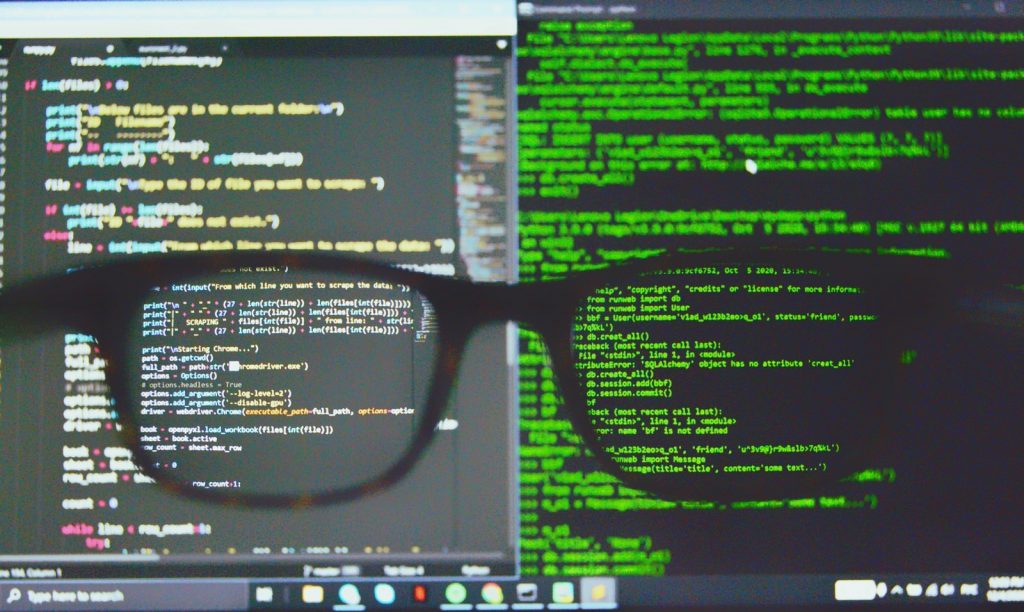Do you want to discover which IP geolocation API has the most up-to-date data? You must continue reading!
APIs are an important part of digital business delivery because they connect mobile apps, the Internet of Things, and offer the structure that connects internal business operations.
Given the pervasiveness and importance of APIs, it’s essential that we should secure them– after all, we don’t want hackers to exploit an API to access our corporate data stored in mobile apps, home devices, or procedures that may cripple your organization if they were compromised.
Massive data loads are being routed through APIs in this age of digital economy explosion. APIs are used in everything from business to gaming to education to weather to science to the arts. Security receives surprisingly little attention in a world that is so reliant on APIs.
For developers, the framework defaults are sufficient; even worse, when no frameworks are used, they believe they are following security best practices. System administrators rely on the default security provided by their infrastructure or service provider.
Besides, hacks, leaks, and phishing schemes occur so frequently that they are no longer newsworthy. Google issued a warning about a phishing scam performed by Fancy Bear, a hacker outfit linked to Russia’s military intelligence agency, the GRU. Zoom has been demonstrated to be vulnerable to packet injections, and LinkedIn was used to commit a OneDrive phishing fraud.

Integrating IP geolocation into your threat intelligence toolkit can help protect your users and systems from fraud and hacks. IP addresses are physical addresses that specify where a connection takes place, such as your Internet Service Provider’s router in your home.
IP geolocation APIs can be used to determine the geographic location of IP addresses.
1- Identify the country of origin of a request and restrict IPs from countries with high fraud activity.
2- Identify web scrapers and proxies.
3- Show the user’s current location’s currency.
4- Provide material based on the user’s geographic location (or block content)
A geolocation API will return data such as:
1- Location (city, country, and region)
2- Longitude and latitude coordinates
3- Time zone information
4- Currency (in this case, the US Dollar).
5- Name of the internet service provider
6- Data on security, such as VPN, TOR, proxy, and crawler detection
As a result, we can determine the location of a connection using a simple API query. This is extremely useful information! You’re undoubtedly already thinking of methods to protect your users using this. Continue reading to learn how we can use this information in threat intelligence and cybersecurity.
If you want to try the best tool for the job, we suggest ipXapi.
Why IpXapi?
It’s one of the most time-saving and straightforward IP geolocation APIs available. Because it is connected to so many channels, this instrument may be able to provide real-time IP data. The API database is updated on a daily basis, with up to 24 modifications per day.

This geolocation API allows you to find out what time zone your users are in without them having to fill out any forms, and act on that information using the ipXapi API’s time-related metadata.
ipXapi is incredibly accurate when it comes to IP statics. This is owing to its large database and easy-to-use API. These are linked to a number of well-known Internet service providers (ISPs) who update new and existing IP ranges on a regular basis. The API is updated on a regular basis since it is linked to a large number of channels that give real-time IP data.
How does it work?
1- Create an account at https://ipxapi.com/ to get started.
2- Enter the IP address into the box and count how many people react.
3- At any time, you can download and use the API.
The infrastructure that supports ipXapi and the API has evolved to be very scalable and efficient after 11 years of ongoing optimization, processing between 2 and 3 billion API calls every day. The number of unique locations supported by ipXapi is constantly growing, with over 2 million distinct locations in over 200.000 cities throughout the world.

